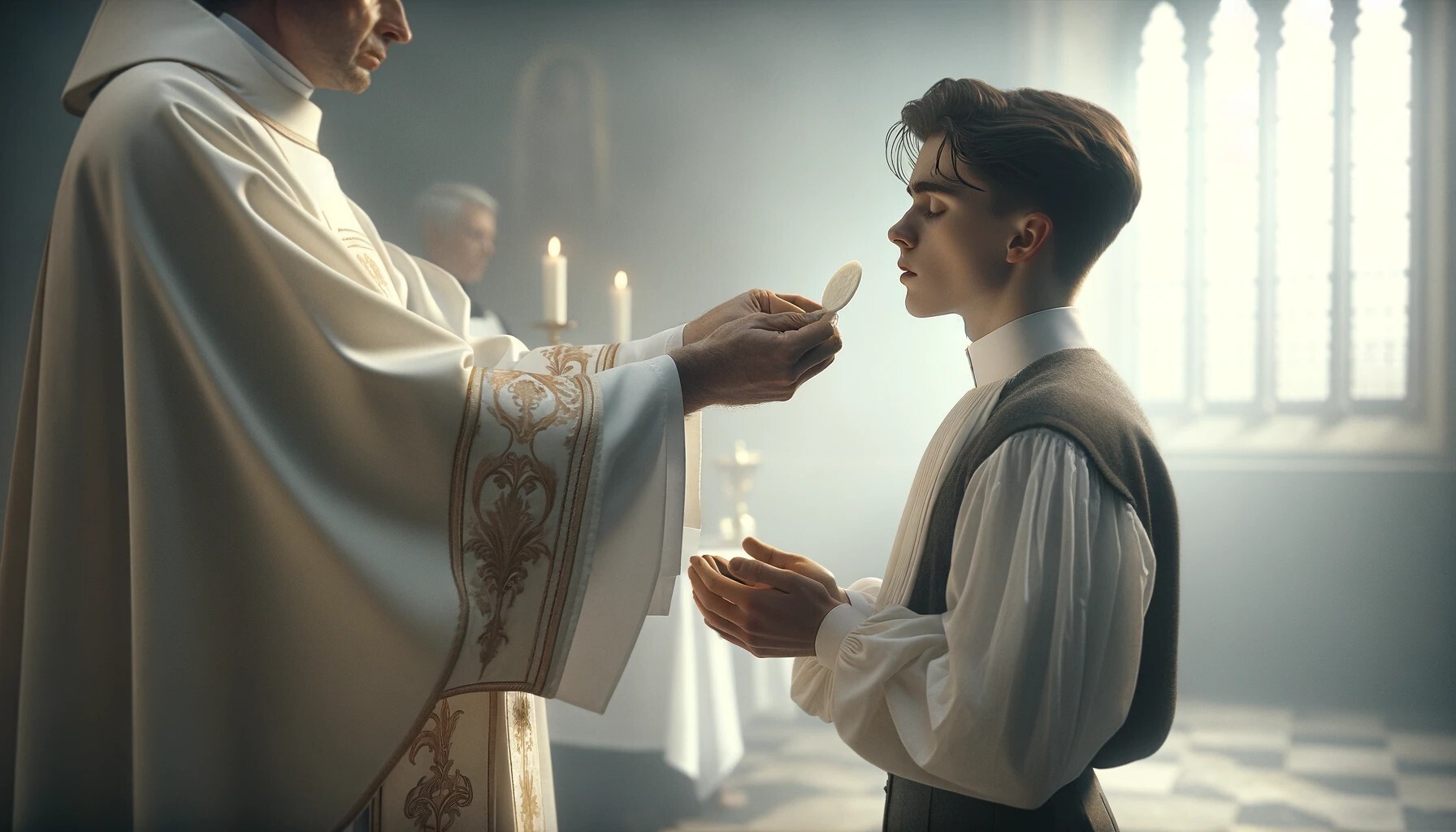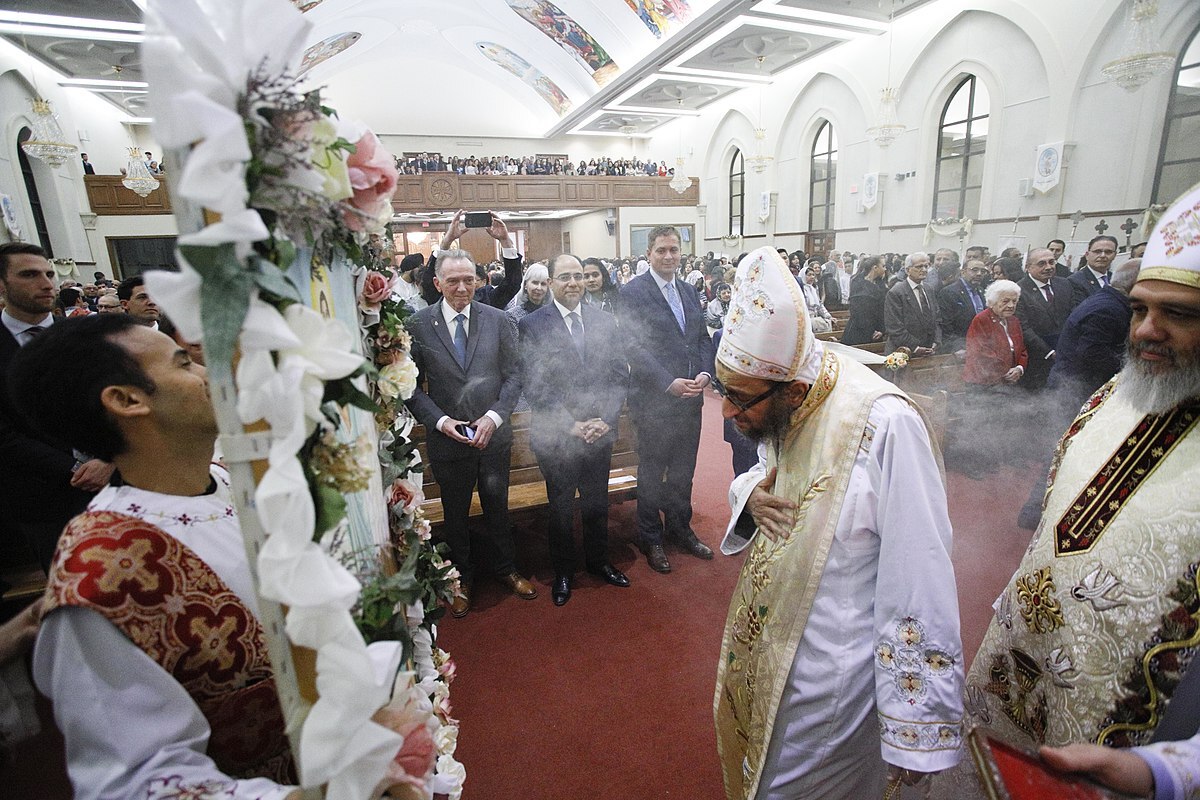
What is the Communion Rite? The Communion Rite is a significant part of the Catholic Mass where believers receive the Eucharist, symbolizing the body and blood of Christ. This sacred tradition fosters unity among the congregation and deepens their spiritual connection. During this rite, participants engage in prayers, the Lord's Prayer, the sign of peace, and the breaking of the bread. The priest then invites the faithful to partake in the Holy Communion. This moment is both solemn and joyous, reflecting the core of Christian faith. Understanding the Communion Rite helps appreciate its profound meaning and the sense of community it brings to worshippers.
The Origins of the Communion Rite
The Communion Rite has deep historical roots and significant meaning within Christian traditions. Here are some intriguing facts about its origins and development.
- Ancient Beginnings: The practice of Communion dates back to the Last Supper, where Jesus shared bread and wine with his disciples.
- Jewish Passover: The Last Supper was a Passover meal, linking Communion to Jewish traditions.
- Early Christian Communities: Early Christians celebrated Communion in their homes, often as part of a larger meal.
- Eucharist: The term "Eucharist" comes from the Greek word "eucharistia," meaning thanksgiving.
Symbolism in the Communion Rite
The symbols used in the Communion Rite carry profound meanings that reflect core Christian beliefs.
- Bread and Wine: Bread symbolizes Jesus' body, while wine represents his blood.
- Transubstantiation: In Catholic belief, the bread and wine become the actual body and blood of Christ.
- Memorial: For many Protestants, Communion is a symbolic remembrance of Jesus' sacrifice.
- Unity: Sharing Communion signifies the unity of believers in Christ.
Variations Across Denominations
Different Christian denominations have unique practices and beliefs regarding the Communion Rite.
- Catholic Mass: Catholics celebrate the Eucharist at every Mass, emphasizing the real presence of Christ.
- Orthodox Divine Liturgy: Orthodox Christians also believe in the real presence and use leavened bread.
- Protestant Services: Practices vary widely, from weekly to monthly observances, often with symbolic interpretations.
- Anglican Tradition: Anglicans hold a middle ground, with beliefs and practices that blend Catholic and Protestant elements.
Rituals and Practices
The Communion Rite involves specific rituals and practices that enhance its spiritual significance.
- Preparation: Many Christians prepare for Communion through prayer, confession, and fasting.
- Consecration: The priest or minister consecrates the bread and wine, invoking the Holy Spirit.
- Distribution: The elements are distributed to the congregation, often with the words, "The body of Christ, given for you."
- Post-Communion Prayer: A prayer of thanksgiving often follows the distribution.
Modern Adaptations
The Communion Rite has adapted to modern contexts while maintaining its core significance.
- Online Communion: Some churches offer virtual Communion services, especially during the COVID-19 pandemic.
- Inclusive Practices: Many denominations now use gluten-free bread and non-alcoholic wine to accommodate dietary restrictions.
- Ecumenical Services: Joint Communion services are held by different denominations to promote Christian unity.
- Youth Participation: Increasingly, children and youth are encouraged to participate in Communion, reflecting a more inclusive approach.
Final Thoughts on Communion Rite
Understanding the Communion Rite deepens your appreciation for its significance. This sacred tradition, rooted in Christianity, symbolizes unity and remembrance of Jesus Christ's sacrifice. Whether you're a devout participant or a curious observer, knowing these facts enriches your experience. From the Eucharist's origins to its modern-day practices, each aspect holds profound meaning.
Remember, the Communion Rite isn't just a ritual; it's a powerful expression of faith and community. Next time you witness or partake in this rite, reflect on its history and the shared beliefs it represents. This knowledge not only enhances your spiritual journey but also connects you to a tradition cherished by millions worldwide.
So, keep exploring, stay curious, and let these insights guide your understanding of this timeless practice.
Was this page helpful?
Our commitment to delivering trustworthy and engaging content is at the heart of what we do. Each fact on our site is contributed by real users like you, bringing a wealth of diverse insights and information. To ensure the highest standards of accuracy and reliability, our dedicated editors meticulously review each submission. This process guarantees that the facts we share are not only fascinating but also credible. Trust in our commitment to quality and authenticity as you explore and learn with us.


